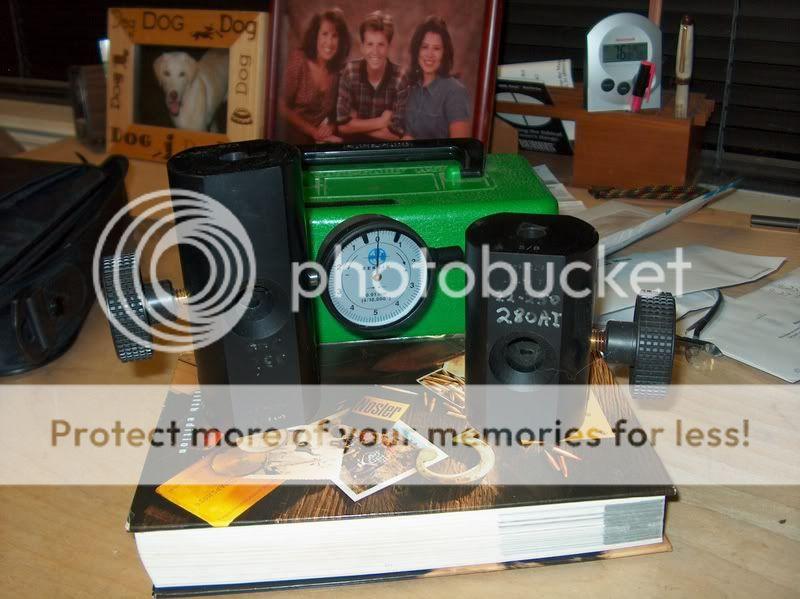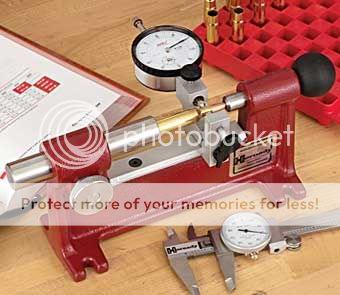I just bought(lightly used) a set of competition bushing neck die and the competition seater. There was however no instructions and I have looked on the redding web page but couldn't find the set up instructions. So anyone who could share the set up instructions, would be very helpful.
Second I did not recieve any bushings with them so i have a new toy i can't do much with right now. I do not have a ball mircometer but do have a set of calipers. My loaded rounds measured .334. Is this measurement close enough to buy a bushing? Also I have heard that it is ok to go anywhere for .001 to .010 for neck tension(i guess in my case it would be bushings than range from .334 to .324.) This seams like a pertty big gap and was hopeing someone could tell me what has worked for them. My necks are not turned but i will buy a forester unit on Saturday.
here are some details:300WM,Winchester Brass,180 gr Accubond,Currently using lee collet neck die(i like this die but the decapper rod in the FL die was giving me some problems.)If you need any more details please let me know.
Second I did not recieve any bushings with them so i have a new toy i can't do much with right now. I do not have a ball mircometer but do have a set of calipers. My loaded rounds measured .334. Is this measurement close enough to buy a bushing? Also I have heard that it is ok to go anywhere for .001 to .010 for neck tension(i guess in my case it would be bushings than range from .334 to .324.) This seams like a pertty big gap and was hopeing someone could tell me what has worked for them. My necks are not turned but i will buy a forester unit on Saturday.
here are some details:300WM,Winchester Brass,180 gr Accubond,Currently using lee collet neck die(i like this die but the decapper rod in the FL die was giving me some problems.)If you need any more details please let me know.


